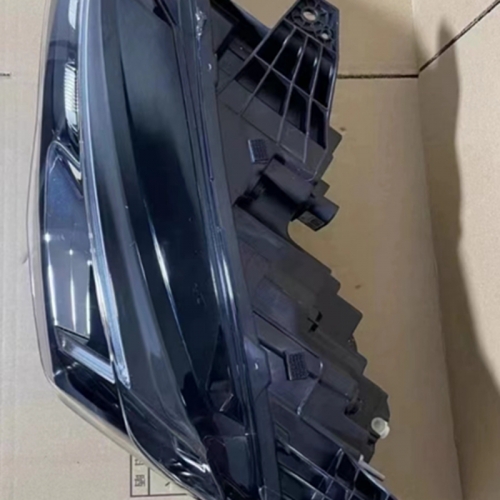You May Like
NGK 3764 BKR6EIX-11 Iridium IX Spark Plugs 4 PC Free Shipping








How to Read Your Spark Plugs
Is your engine running too lean? Too rich? Is there an issue with oil control or ignition timing? Or is everything just fine with your engine? Like the mechanical version of the Magic 8-Ball, your spark plugs may have the answers for you. The trick is learning how to read your spark plugs.
With help from the NGK spark plug experts at Beyond First Auto, we’ll teach you how to diagnose minor tuning issues or potentially major engine problems by examining your spark plugs. Check out the images below, courtesy of NGK Spark Plugs, and get ready to do a little light reading the next time you pull your spark plugs.
Normal
Appearance: A light tan/gray or brownish color, along with very little electrode erosion, indicates optimal operation conditions, including a healthy engine and correct spark plug heat range.
Deposits
Appearance & Symptoms: The electrodes—center and ground—are covered in an ashy coating. As a result of this masking of the electrodes, your engine may experience a misfire. This build-up of combustion deposits can eventually (but not usually) fill in the space between the two electrodes.
Possible Causes: Oil leaks, poor fuel quality.
Wet and Dry Fouling
Appearance & Symptoms: Dry fouling (top) appears as sooty, black build-up. Wet fouling (bottom) has a wet, sometimes oily appearance. Both conditions can create poor starting and misfiring.
Possible Causes: Depending on whether the spark plug is coated in oil or fuel, wet fouling can be symptomatic of a compromised head gasket, poor control from your pistons’ oil control ring, valvetrain problems, or an extremely rich condition. Dry fouling, or carbon fouling, is often caused by an overly rich condition, and the problem may lie with your air cleaner (clogged) or carburetor. Other possible causes could be low compression, vacuum leak, overly retarded timing, or improper spark plug heat range.
Lead Fouling
Appearance & Symptoms: Lead fouling can only occur in applications that use leaded gasoline, such as racing engines. Lead fouling generally shows up as yellowish brown deposits on the spark plug’s insulator nose. Lead fouling can cause your engine to misfire only at high-rpm and under hard acceleration.
Possible Causes: This condition commonly occurs when gasoline contains too much lead; however, because spark plugs are changed frequently in racing applications, lead fouling has become less common.
Breakage
Appearance & Symptoms: The insulator around the center electrode may be broken (see left) or the ground electrode may be bent. Again, you will likely experience misfire and some power loss under these conditions.
Possible Causes: If the insulator is broken, it may be the result of sudden thermal expansion or thermal shock caused by extreme temperatures or temperature change. Detonation is often the culprit and can be caused by an extremely lean air/fuel mixture, drastically advanced timing, improper gasoline octane rating.
Melting
Appearance & Symptoms: In this case, the center or ground electrode is melted or scorched, and your engine may be experiencing some power loss.
Possible Causes: According to NGK, melting often results from loose installation, which prevents the plug from properly transferring heat from its tip. But melting may also indicate unusual heat or hot spots within the combustion chamber. This excessive heat is often the result of pre-ignition, which can be created by an overly lean condition, improperly advanced injection timing, or improper heat range (too low).
Lead Erosion
Appearance & Symptoms: The tip of the ground electrode looks chipped and its surface may be thinned.
Possible Causes: Another condition unique to leaded gasoline, this condition is caused by lead compounds that react chemically with the electrodes at high temperatures. This makes the electrode material (nickel alloy) weak and brittle. This is caused by too much lead in your gasoline.
Erosion, Corrosion & Oxidation
Appearance & Symptoms: A plug with a combination of erosion, corrosion, and oxidation will have pitted and rough electrodes and may even have a green cast if the oxidation is heavy. These conditions can result in increased, improper spark plug gap and yield poorer performance.
Possible Causes: Typically, these conditions occur over time as lead in the gasoline reacts with the electrode materials.
Overheating
Appearance & Symptoms: The insulator will have a glazed white appearance and may have small black deposits. There may also be abnormal electrode wear, and you will likely notice a loss of power at high speeds or under high engine load.
Possible Causes: Overheating may occur from over-advanced ignition timing, poor cooling system efficiency, lean air/fuel mixture, vacuum leak, or wrong spark plug heat range (too low).





 USD
USD EUR
EUR AED
AED



